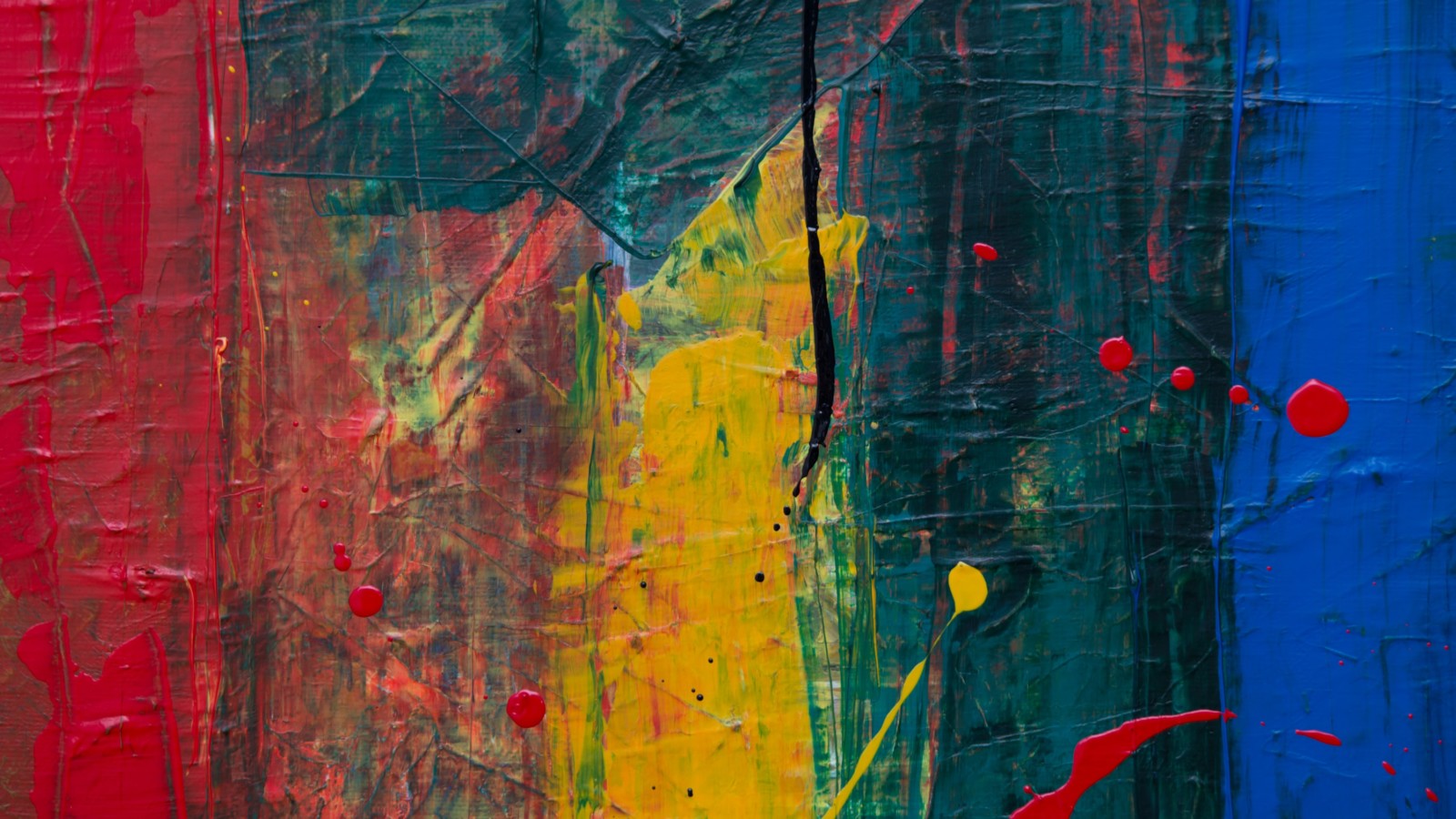“Art has always been the raft onto which we climb to save our sanity. I don’t see a different purpose for it now.”
Dorothea Tanning, American painter
Art helps us explore what is happening to us, gives us a means to express it, helps us to integrate it into our life story which gives it meaning and allows for some sense of release or letting go. Through the means of creativity, we can connect with the essence and fullness of who we really are. This is where the reservoir of healing resides.
Scientific Evidence of the Benefits of Art
Producing and appreciating art is known to have measurable psychological and physiological healing properties. This has been recognised by the scientific community to such an extent that the field of art therapy was formally created. Today, many hospitals and clinics also use art—both having patients create it or just having it in the environment—to aid healing.
There are many new studies released each year that point towards empirical evidence of the healing power of art, not just in treating mental issues like depression, trauma, or dementia, but even cancer, as the production and presence of art can decrease one’s perception of pain, improve quality of life and compliance to treatment.
In 2019, the World Health Organization published a comprehensive review referencing over 900 publications and 200 additional reviews which cover over 3000 further studies. The report is the most comprehensive evidence review of arts and health to date and is aimed at making worldwide policy changes based on the clear evidence base of the role of arts in improving health and well-being.
The Health Benefits of Surrounding Yourself with Art
Many studies point to the benefits of producing art, but even just seeing art and having art in your environment can positively impact you.
Use of Art In Clinical Settings
There is also scientific evidence that even just having art to look at can reduce the length of hospital stays. One study showed that critical care or surgical patients who had a landscape image on the wall near their beds needed less opioid pain medication and left the hospital sooner than their counterparts.
(as found in Tusek DO, Cwynar R, Cosgrove DM. Effect of guided imagery on length of stay, pain and anxiety in cardiac surgery patients. J Cardiovasc Manag 1999;10(2):22–28 [PubMed] [Google Scholar])
The use of art in hospitals and clinics is not a new development however, journalist Menachem Wecker notes:
The interest in artfully-decorated healing spaces dates back at least to medieval times, when church-run hospitals doubled as repositories of some of the era’s most important art. Where medieval hospital art often appealed to saints for healing and were intended to inspire prayer, contemporary hospital décor aims to promote a more secular kind of healing. But current decorating practices share a good deal with historical precedents.
Wecker, Menachem. Fine Art Is Good Medicine’: How Hospitals Around the World Are Experimenting With the Healing Power of Art. Artnet News, 29 July 2019
Fine Art is Good Medicine
Canada has recently become one of the first countries in the world to allow medical professionals to “prescribe art” to their patients, with a new initiative by the Montreal Museum of Arts which enables physicians to prescribe free visits to their patients. The project seeks to treat issues ranging from anxiety and eating disorders to high blood pressure.
“In the 21st century, culture will be what physical activity was for health in the 20th century,” said MMFA director general Nathalie Bondil.
The Canadian physician, Dr. Helene Boyer explains:
There’s more and more scientific proof that art therapy is good for your physical health. It increases our level of cortisol and our level of serotonin. We secrete hormones when we visit a museum and these hormones are responsible for our well-being. People tend to think this is only good for mental health issues. That it’s for people who’re depressed or who have psychological problems. But that’s not the case. It’s good for patients with diabetes, for patients in palliative care, for people with chronic illness.
Healing Power of Art at Home
Integrating art into your life has many of the same health benefits as regular exercise, with the added benefit that it adds meaning and beauty into your day-to-day routine. So, if you want to reap some of these benefits, bring some art into your life and into your space!
Full article originally published as “How Art Can Heal“.


